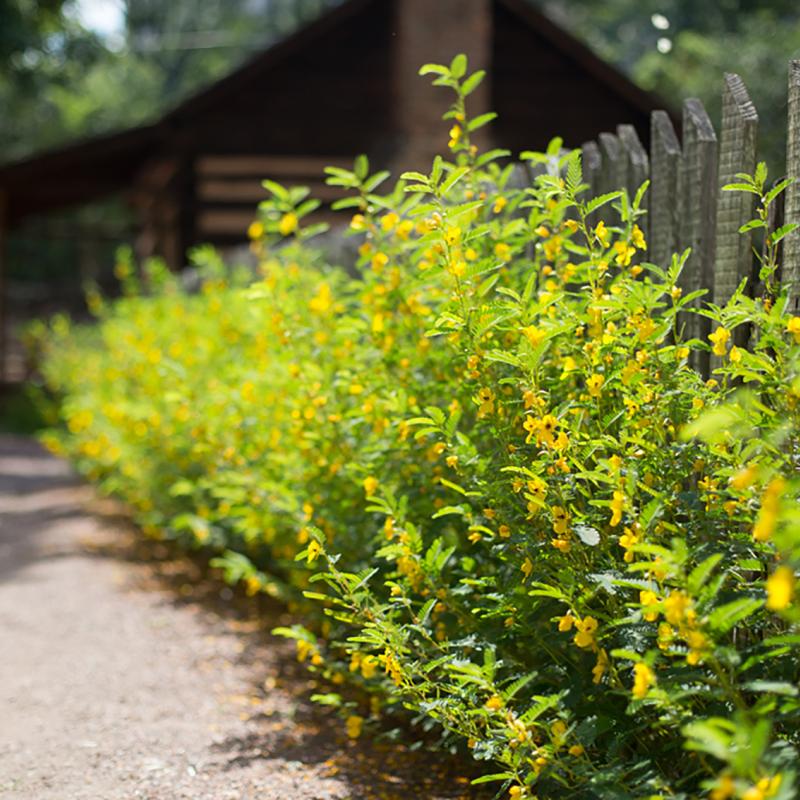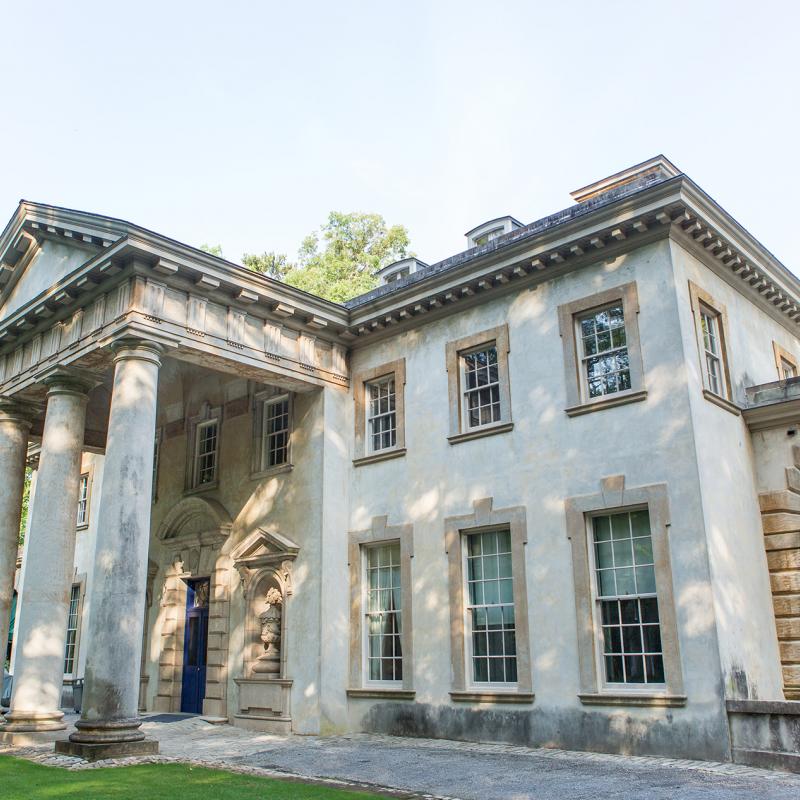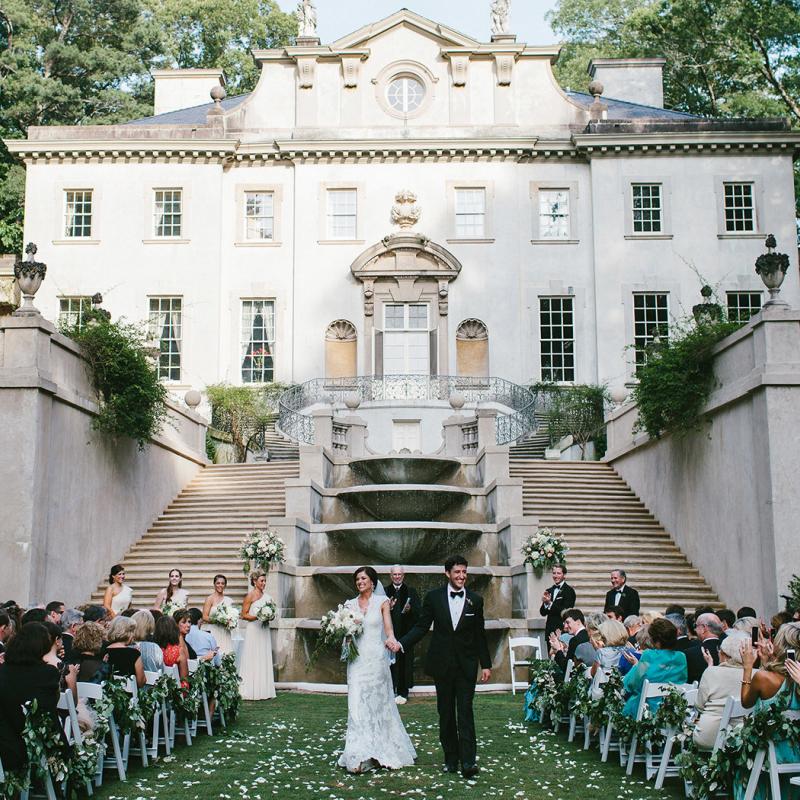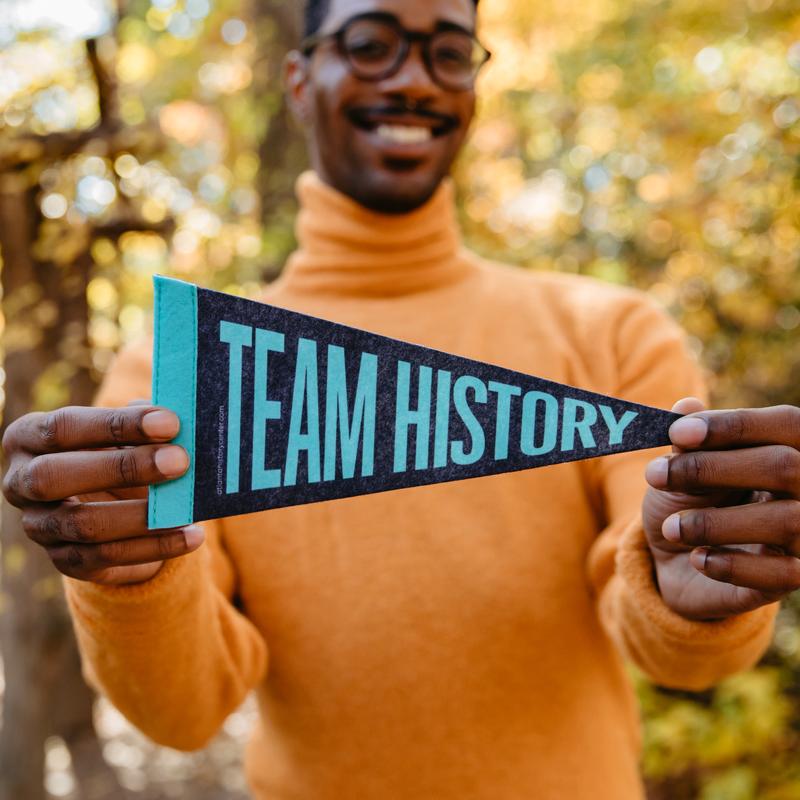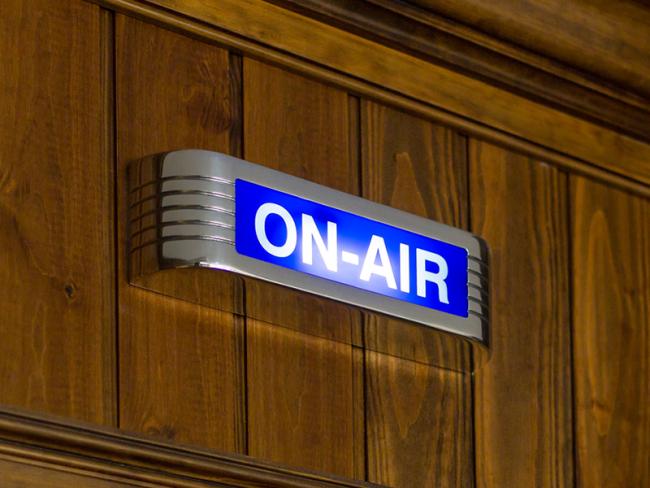
We are losing a generation who brought about sweeping social change as teenagers in the 1960s. Constance “Connie” Curry, Congressman John Lewis, and Rev. C.T. Vivian are just three towering Atlantans who have recently died. Often, as they go, so do their stories.
Parallel Histories
The legacy of that generation is part of a larger narrative—one that details America’s struggle for racial equality that began 401 years ago—and their stories influence today’s Black Lives Matter movement. Today’s activists still march peacefully through our nation’s capital, we boycott businesses, and we sing the same songs of protest more than half a decade later. The spirited, unflagging work done by today’s activists parallels that of the Atlanta Student Movement which brought the voices of America’s youth into the mainstream. Young people demanded to be taken seriously; they demanded that their voices be heard.
Atlanta History Center is eager for those stories. As stewards of a robust oral history collection, our museum recognizes its responsibility to share the stories that have shaped our city and our nation. From 2005–2006, our organization undertook the Voices Across the Color Line oral history project. Headed by Dr. Carole Merritt, the project comprises 36 interviews with individuals who played active roles in the Civil Rights Movement. It intended to capture the personal accounts of a generation dedicated to reshaping their world.
An online exhibition of the same name in 2014. In it, stories from activists like Connie Curry are used to paint a clearer picture of what life in Atlanta and other Southern cities was like during the Civil Rights Movement. Here she is discussing the difference between nonviolence as a way of life and as a method of social protest in the context of a Nashville sit-in.
. . .when I was up watching the Nashville sit-ins and saw people putting cigarettes out on people’s backs as they were sitting at the lunch counters, I thought, ‘In no way, am I going to let somebody put a cigarette out on my back and think about how much I love them.
In late 2019, we spoke with Congressman John Lewis about his involvement in the Civil Rights Movement, as well as his dedicated fight to stopping the road that would have flattened the Inman Park Neighborhood. In this clip, Lewis reflects on watching groups of individual citizens come together under threat of imprisonment to create change for the greater good.
We were threatened with being arrested and jailed for some of the protests that we engaged in. But people didn’t give up—they kept the faith. They held on. They believed in something.
Why are oral histories important?
Oral histories help us construct a richer, fuller, more intimate story of the past. They help us to understand how individuals experienced the rolling tide of history on a deeply personal scale. Because of this, we can use oral histories as a barometer to register what has—and has not—changed over time. While a photograph helps us visually capture change, oral histories allow us to capture the complex emotions elicited by change.
In this clip from C.T. Vivian’s Voices Across the Color Line interview, he shares a personal account of nonviolent coordination and strategy.
What does [nonviolence] mean? To many people it just means being passive. That's not good enough, if you're going to change things.
For the next generation to understand their past, we must preserve it. That includes the history that is happening now. For the civil rights generation, both time and the COVID-19 pandemic pose tangible threats to the endurance of irreplaceable first-hand accounts. For Black Lives Matter activists, the history in the making is fresh; easily accessed and sharp.
Raise Your Voice
It’s now your turn to capture history. We encourage you to interview folks in your community who lived through the Civil Rights or Black Lives Matter Movements about their experiences.
Research | Before sitting down with an interview subject, take time to research local civil rights history. If you’re in Atlanta, check out Voices Across the Color Line exhibition or Atlanta University Center’s RADAR.
Reach Out | Reach out to community organizations and local publications to help spread the word that you’re looking for interview subjects. Social media is a powerful tool for connectivity, especially during the era of social distancing. Your own family members might be a wealth of information. Consider starting with a parent or grandparent—you may be surprised what you find.
Prep | Our friends over at StoryCorps have a helpful video to get you started on interview basics.
Here are some tips:
- Before the interview, talk with your interviewee about what you would like to know and the questions you might ask in the interview. Be sure to talk about how the interview might be used, especially if you intend to share it publicly. You must have your interviewee’s permission to record the interview and you must keep any promises you make about what you will do with the interview.
- At the beginning of the interview, be sure to state your name, the interviewee’s name, where you are, and the date of the interview. You’ll want people to know in the future!
- Prepare some questions before your interview to help with getting started, but it’s okay to let the interview go where your interviewee wants it to go. Actively listen to your interviewee and ask follow-up questions about the stories they are telling, but never interrupt or argue with them. You might not get to all your prepared questions, but you will certainly learn something new and interesting! And remember, silence is golden. Don’t be afraid of a pregnant pause.
If you’re interviewing someone who experienced the Civil Rights Movement, you may consider asking a combination of the following:
- What do you remember about protests in the 1950s and 1960s?
- Did you ever participate in a civil rights march or demonstration?
- When did you vote for the first time?
- How did the Civil Rights Movement affect your life?
- What advice would you give young people today?
If you’re interviewing a Black Lives Matter activist, consider asking the following:
- How did you first hear about the movement?
- Who are leaders in your community you admire?
- Have you participated in a Black Lives Matter march or demonstration?
- How has the COVID-19 pandemic affected the ways in which you protest?
- In what way does the Civil Rights Movement influence your role in the Black Lives Matter Movement?
Feeling stuck? Need some questions to get you started? Take a look at this resource from our friends at StoryCorps, which offers great ideas for all kinds of questions.
Preserve Your Story at the Library of Congress
In response to the COVID-19 pandemic, StoryCorps launched StoryCorps Connect, a free platform you can use to record an interview remotely to be included in the American Folklife Center at the Library of Congress. When you participate, your interview becomes part of American history, and hundreds of years from now, future generations can listen and learn from your story.
Tag your submission with #Atlanta so your stories will also be shared with Atlanta History Center’s archive. Learn more about StoryCorps connect and how your stories can help us shape the future.
